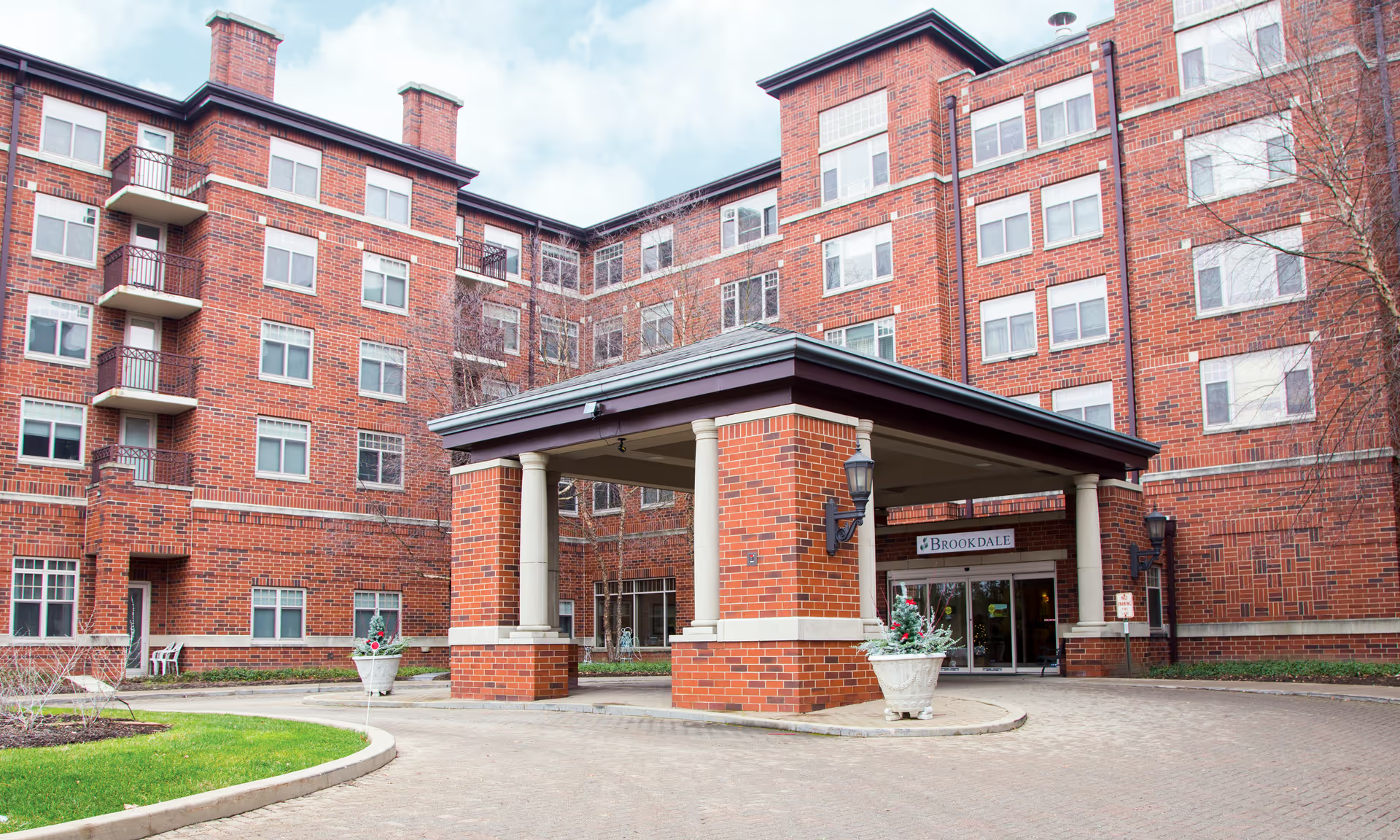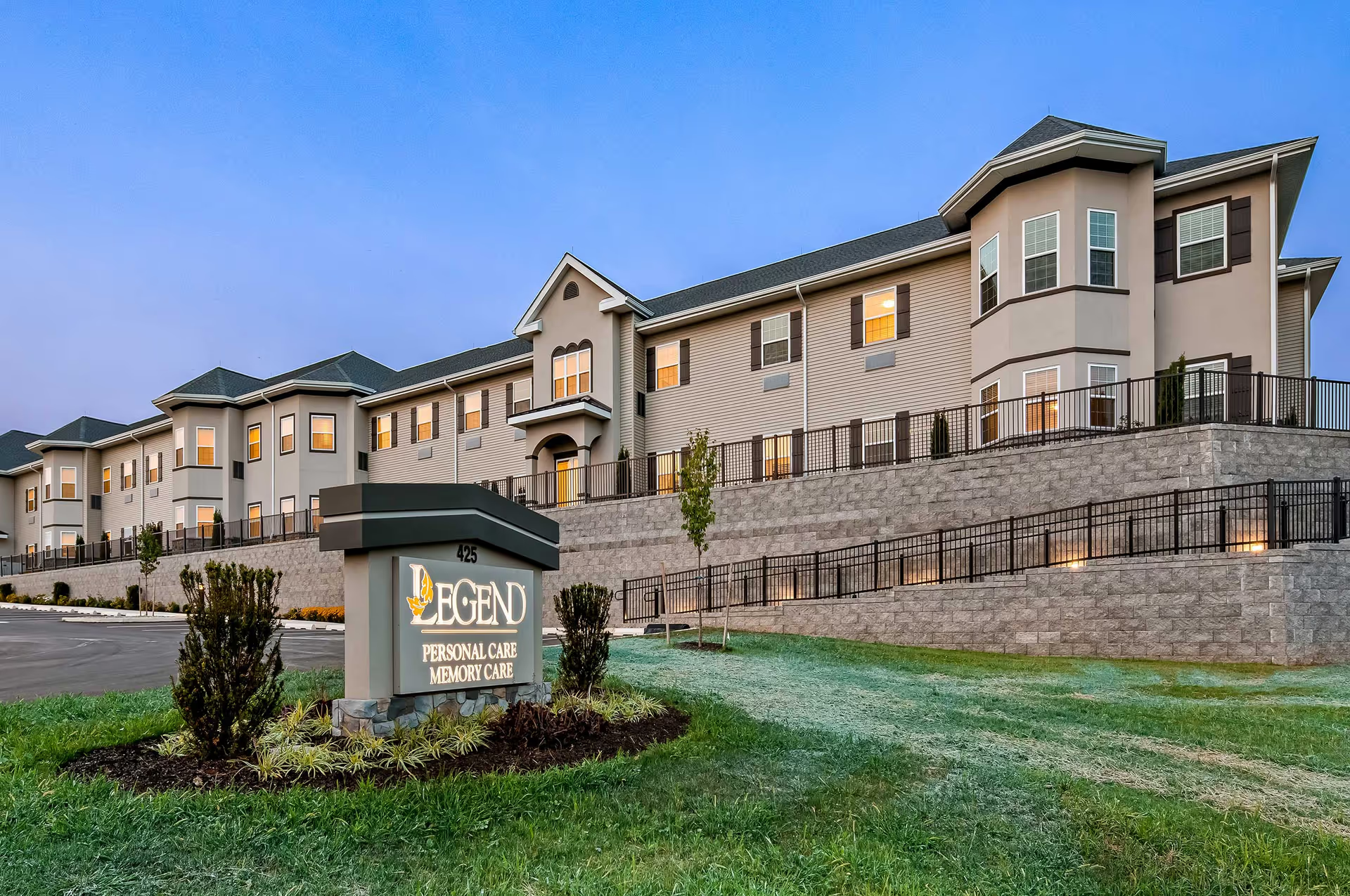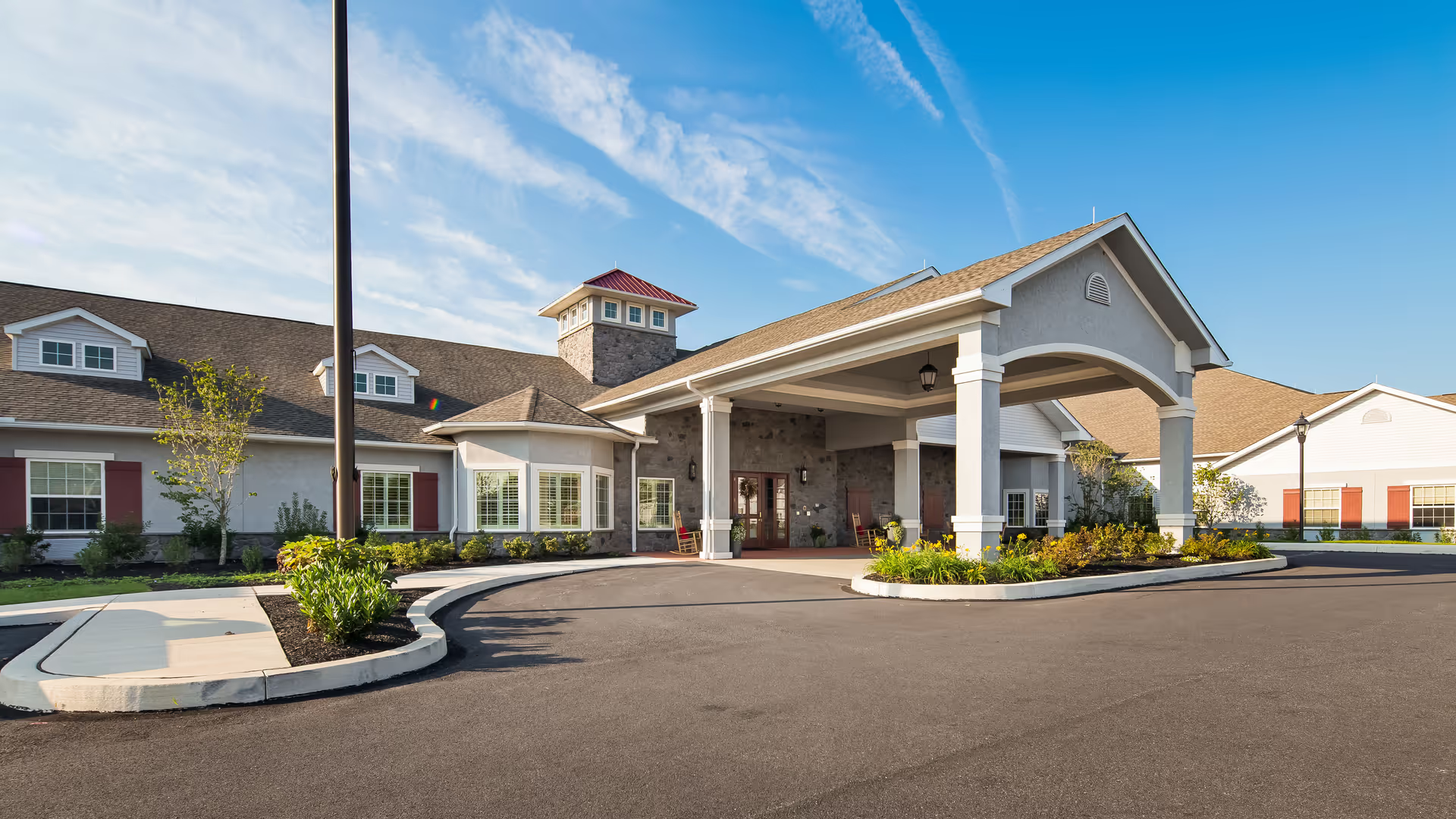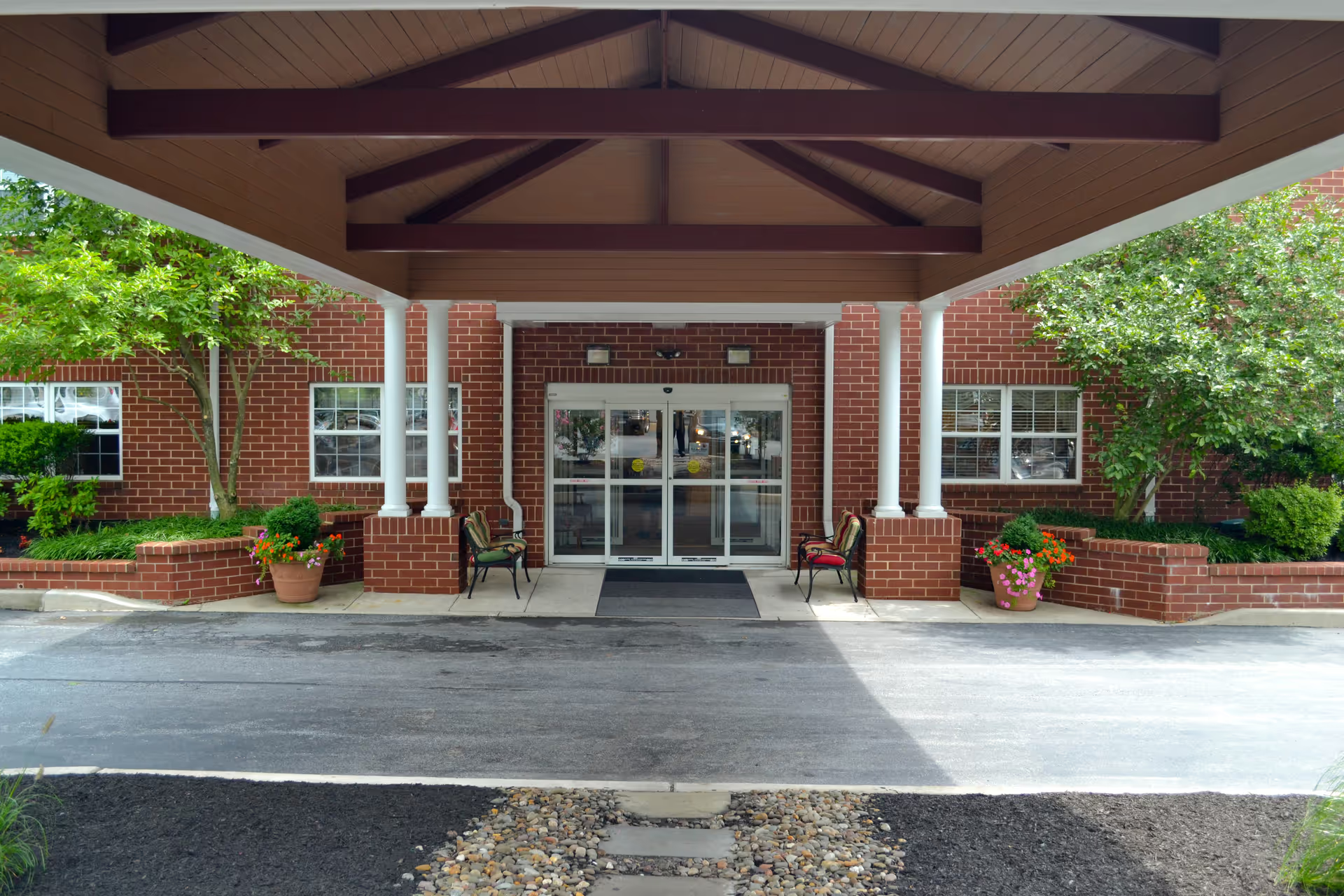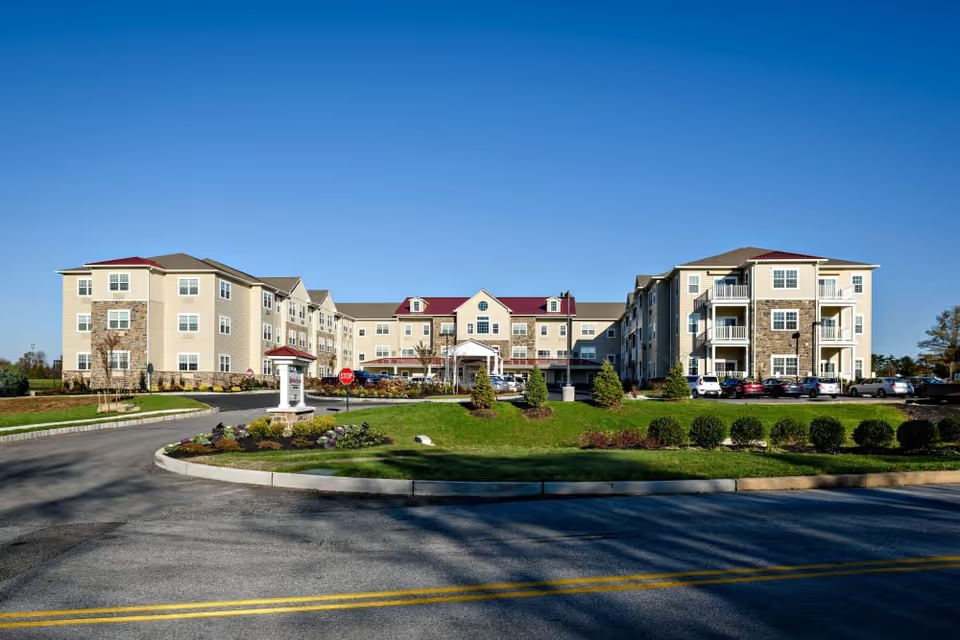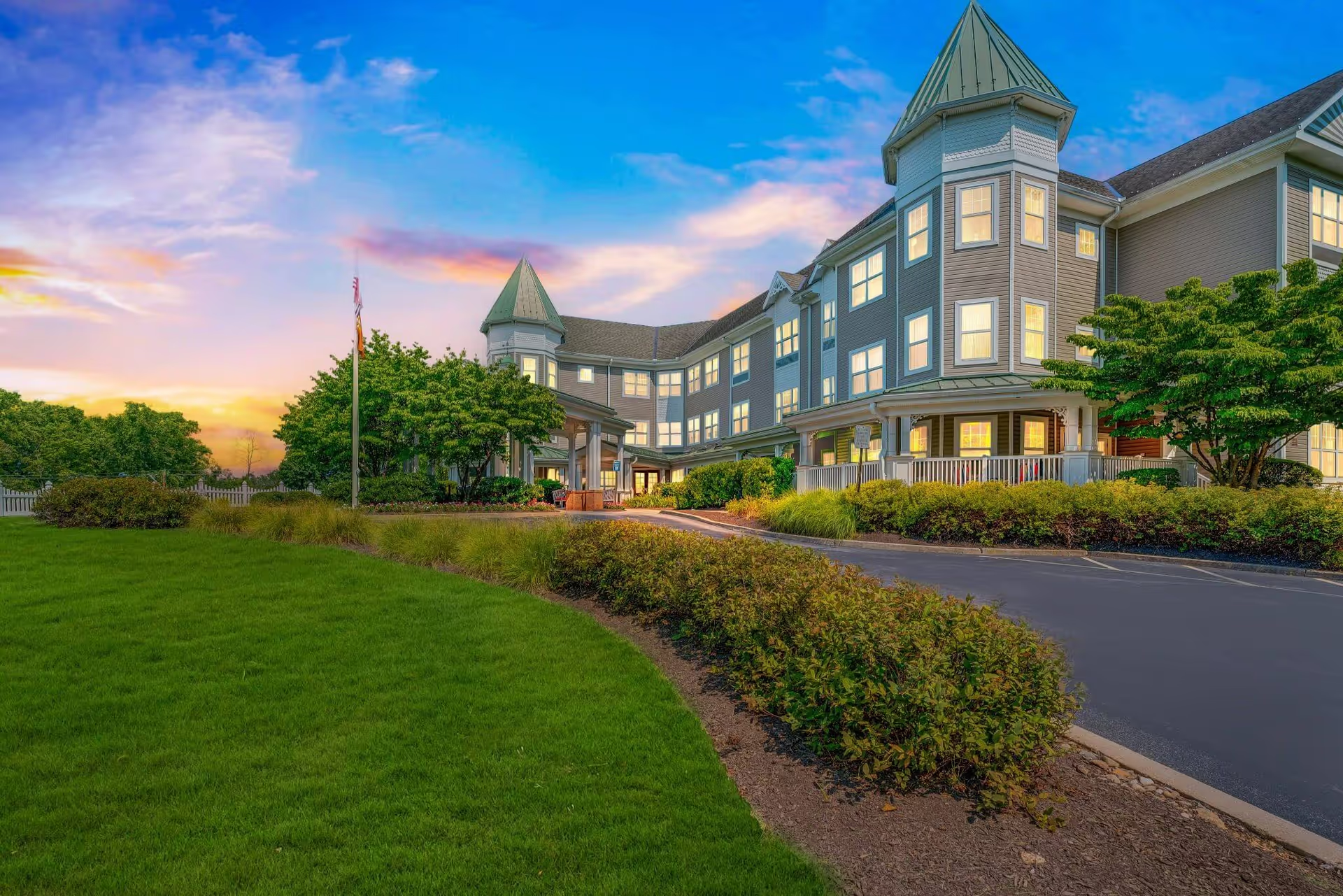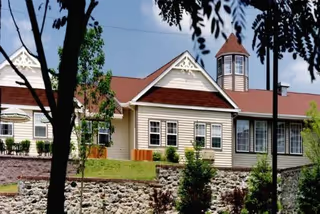Overall sentiment across the reviews is highly mixed but leans toward serious concern. Multiple reviews raise alarm about safety and clinical neglect, including accounts of residents left in dangerous situations, untreated injuries, missed diagnoses, and infection control lapses. These reports are severe (resident hanging from bed, falls with head lumps, missed hip fractures, cannula not changed after a fall, MRSA risk) and are reinforced by mentions of a state investigation and fines for neglect. At the same time, some reviewers describe short-stay, rehabilitation-focused experiences that were positive, indicating inconsistency in care quality.
Care quality and clinical responsiveness are the most frequently cited problems. Numerous reviewers describe long delays or complete lack of response to call lights and phone callbacks, with the issue particularly acute at night. Several accounts describe unresponsive or dismissive nurses, delayed or missed medical assessments, and examples of unprofessional or retaliatory behavior from staff. Conversely, a subset of reviews praises specific nurses and therapists who went above and beyond, suggesting variability in staff competence and commitment rather than uniformly poor performance.
Staffing, behavior, and patterns by shift emerge as a clear theme. Many comments single out night staff as especially problematic and describe an overall impression of understaffing or staff complacency during some shifts. Reported behaviors range from laziness and poor follow-through to outright neglect and retaliation. Administrative shortcomings are also noted: families report management inaction, poor follow-up on complaints, room-hold mismanagement, and damaged personal belongings. These management failures compound clinical concerns and erode family trust.
Facilities and environment receive mixed feedback. Some reviewers call the facility very clean and note adequate rooms and a good location, while others report dirty floors, soiled linens or diapers, and paint fumes and dust during renovation. This contradictory feedback reinforces the pattern of inconsistency — certain areas or shifts may be maintained well while others are neglected. Infection control concerns (e.g., cannula not changed after a fall, MRSA risk) raise particular concern and indicate potential lapses in standard clinical protocols.
Rehabilitation services and activities are another area of divergence. Several reviewers praised physical and occupational therapy staff, especially daytime or external therapists, and noted successful short-term rehab stays. Yet other families were dissatisfied with the quality or thoroughness of rehab care, describing perceived bias toward younger or less vocal residents and insufficient therapeutic attention. Recreational programming receives positive mention (daily activities, morning coffee, card-playing, on-site entertainment), which suggests the facility offers social engagement opportunities that some residents appreciate.
Communication and family engagement are recurring pain points. Many families reported poor communication from the facility, including inadequate COVID-era updates, failure to facilitate remote visits (e.g., FaceTime), limited or unsatisfactory tours for prospective residents, and long phone hold times or missed callbacks. When communication was handled well, reviewers called out friendly receptionists or responsive staff; however, these positive experiences are not universal.
Notable patterns and red flags: serious safety incidents and reports of state action for neglect; strong contrasts between daytime and nighttime care quality; inconsistency in cleanliness and infection control; administrative failures in handling complaints, room holds, and personal property; and polarized experiences with rehab — some exemplary therapists versus other accounts of inadequate rehab care. For families considering this facility, the reviews recommend caution: while there are clear strengths (engaging activities, some skilled therapists, occasional very caring staff), the frequency and severity of negative reports — particularly around safety, responsiveness, and management accountability — are significant and should be thoroughly investigated in person.
Recommendations based on these themes: prospective residents and families should conduct an extended, guided tour that includes viewing rooms and dining areas, ask specific questions about staffing levels by shift, infection control practices, fall prevention protocols, incident reporting and follow-up procedures, and how the facility communicates with families (including remote visit facilitation). For current families, document and escalate any concerns in writing, request specific remediation plans, and consider contacting state oversight if there are signs of neglect or unsafe care. Finally, weigh short-stay rehab priorities (where some reviewers had positive outcomes) against the documented variability and the serious negative incidents reported for longer stays or overnight care.
